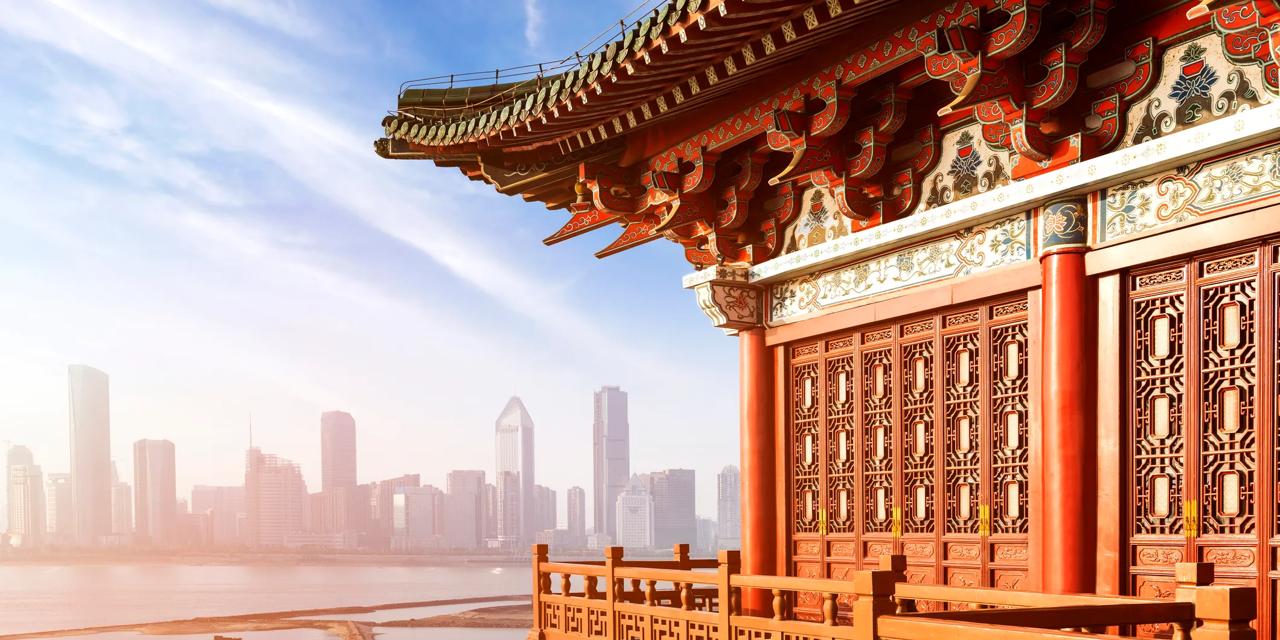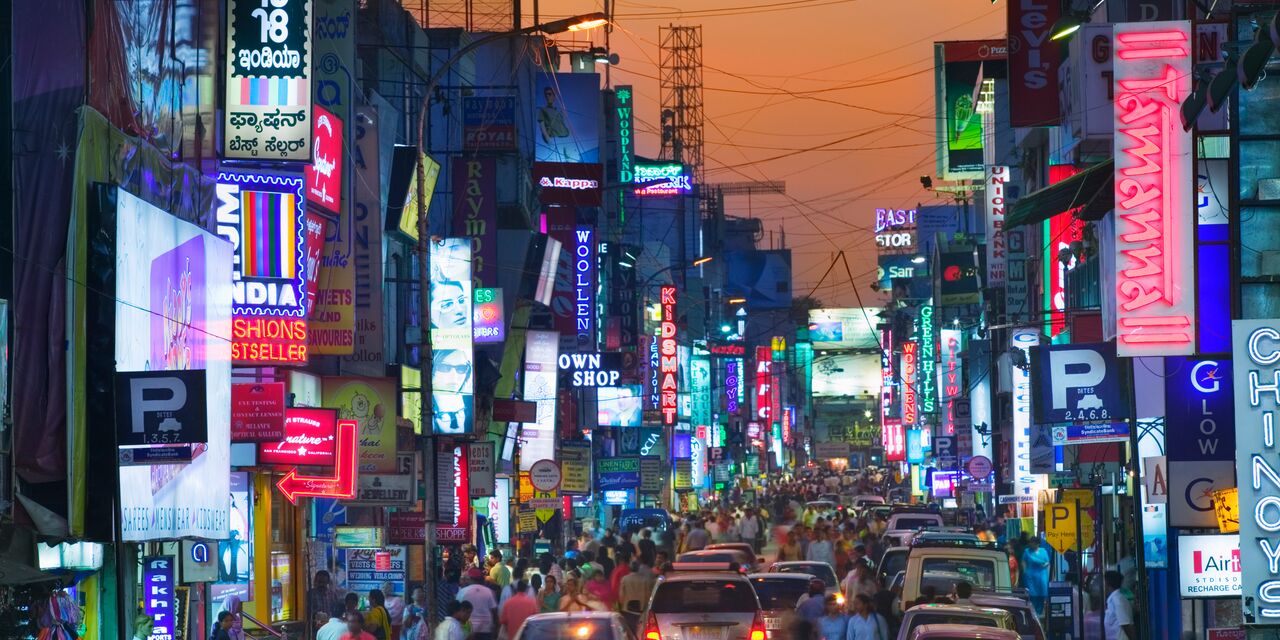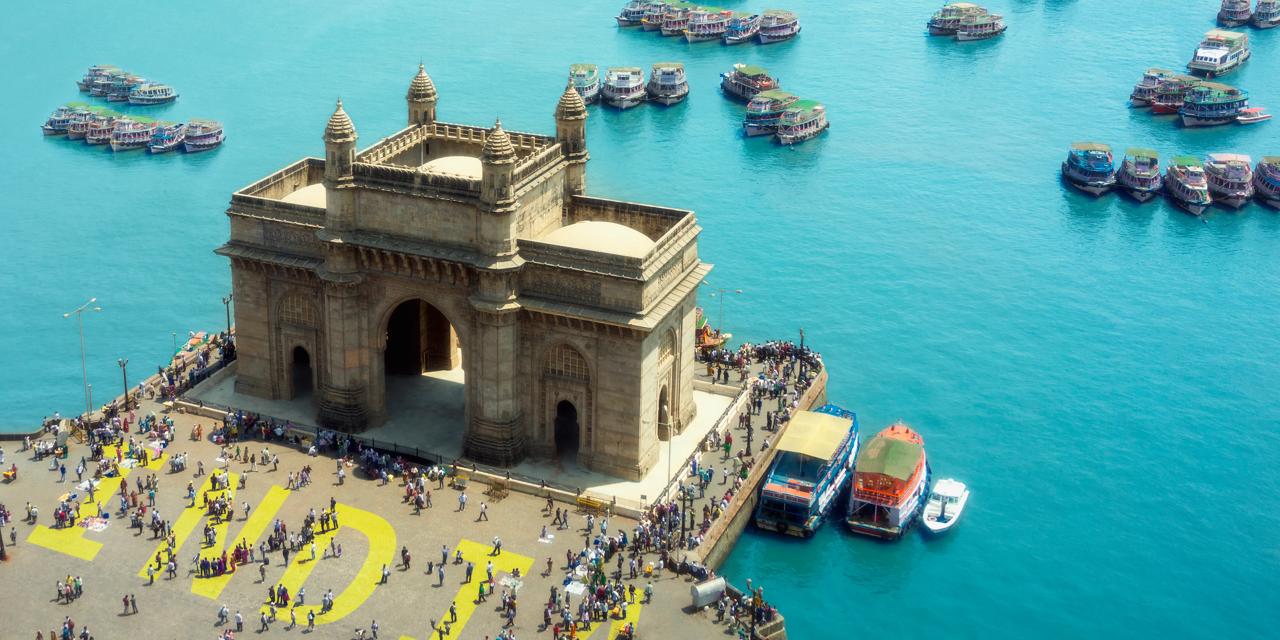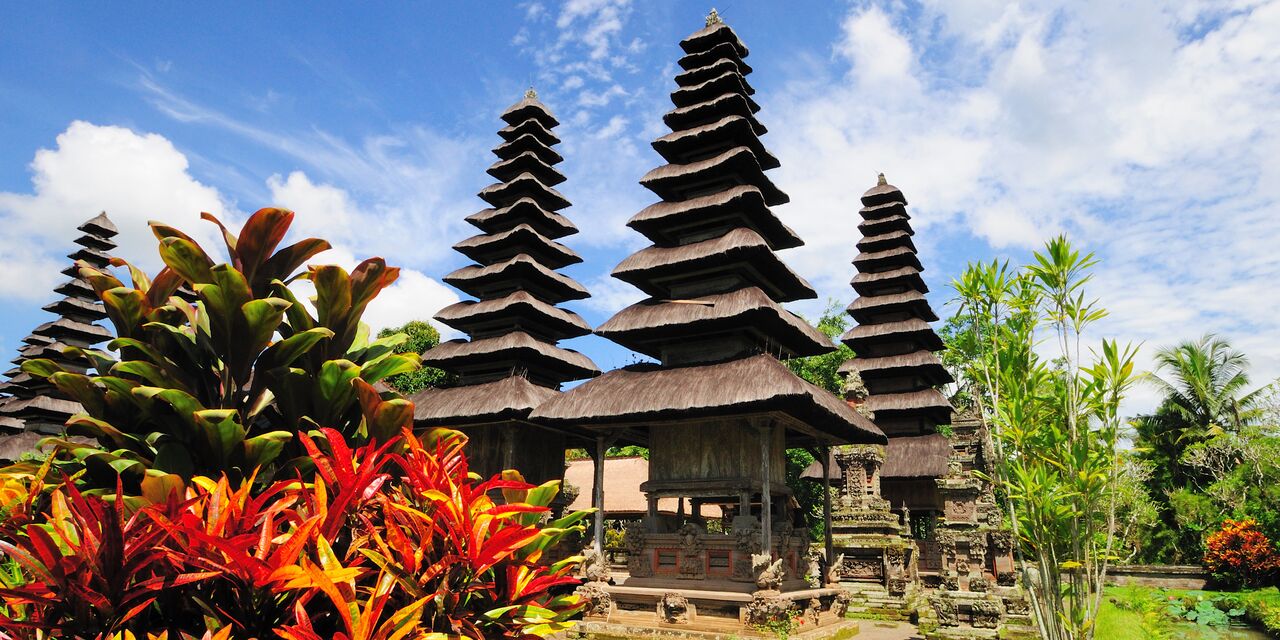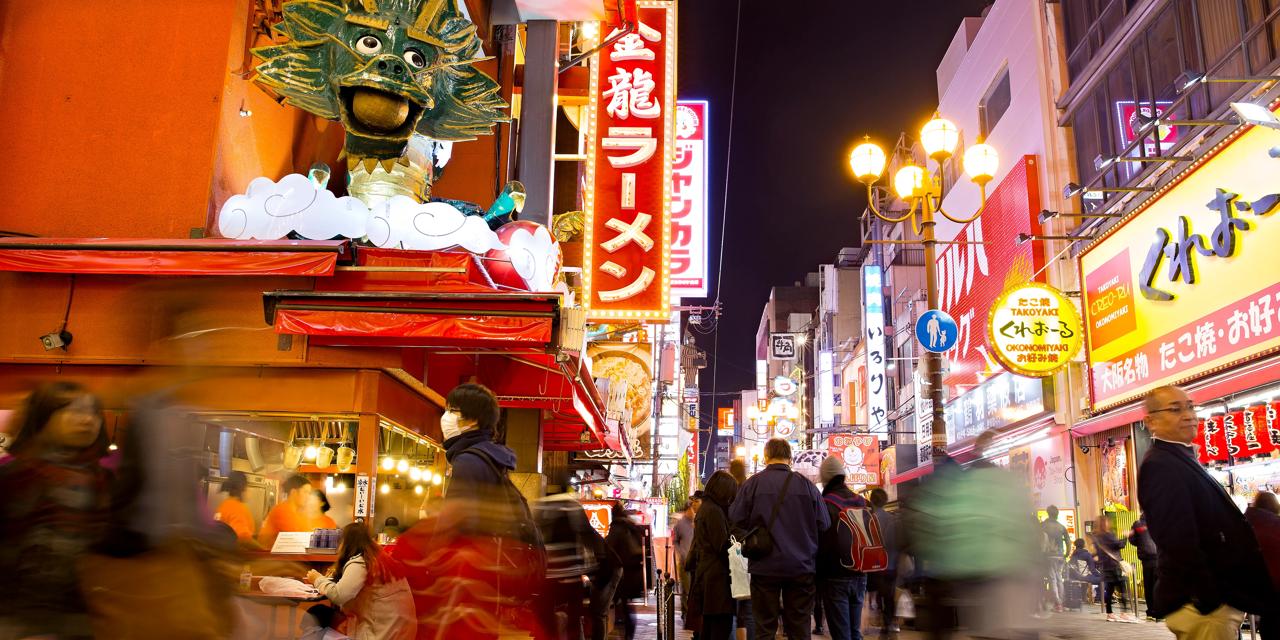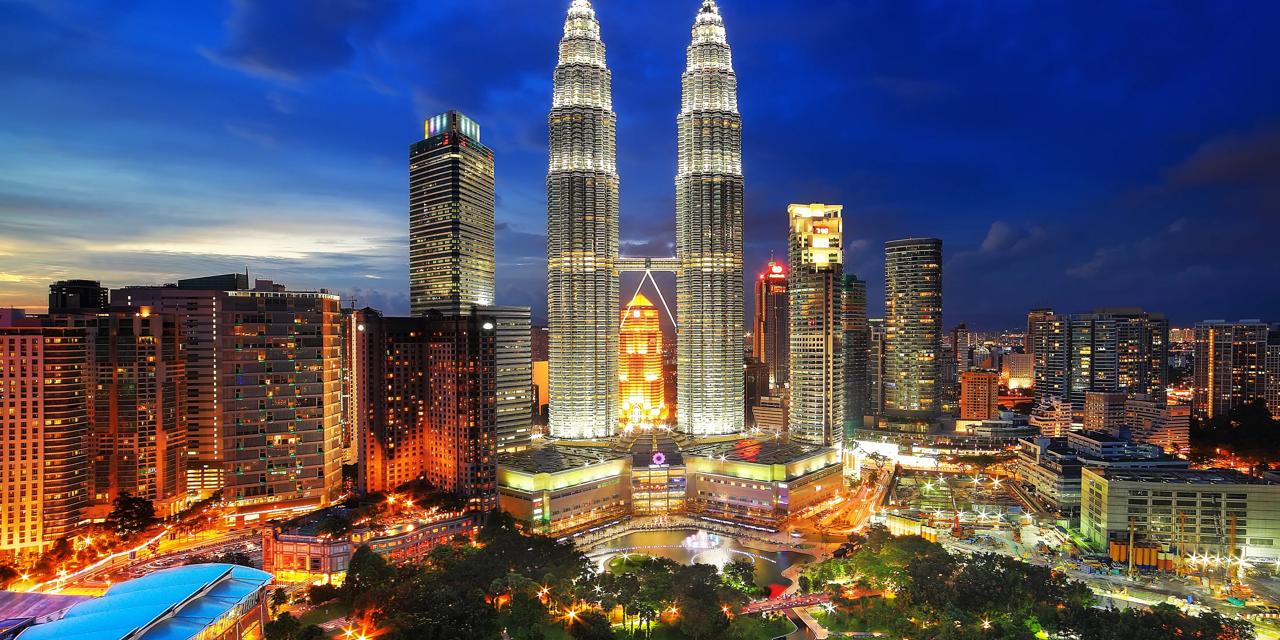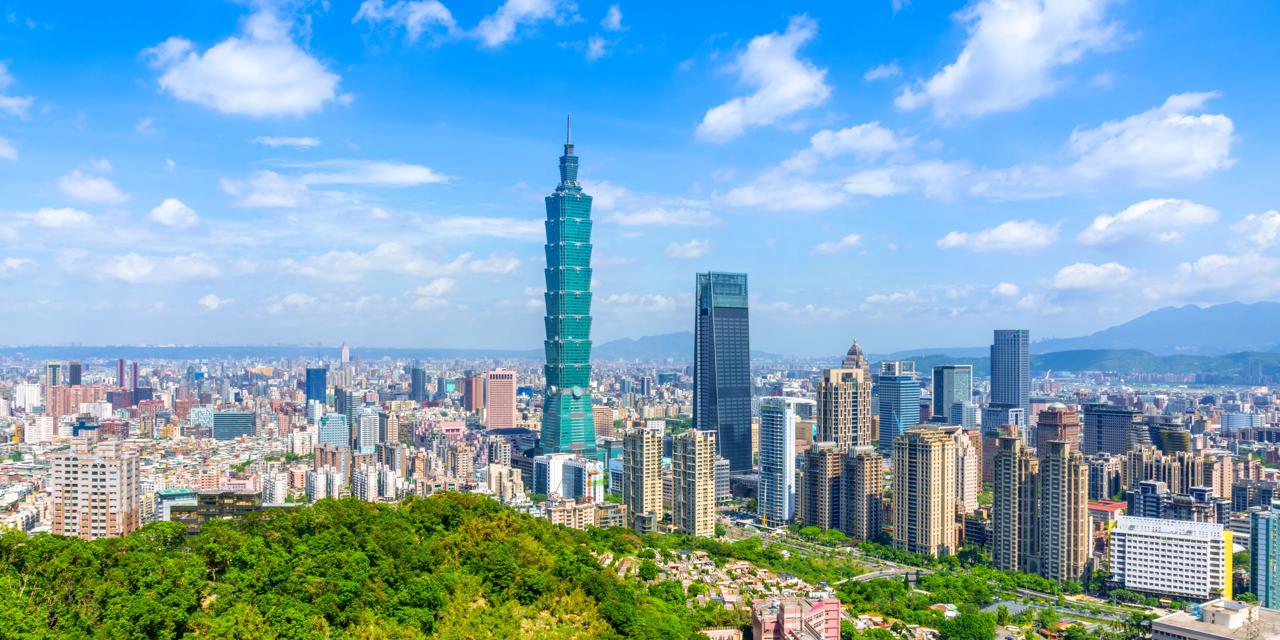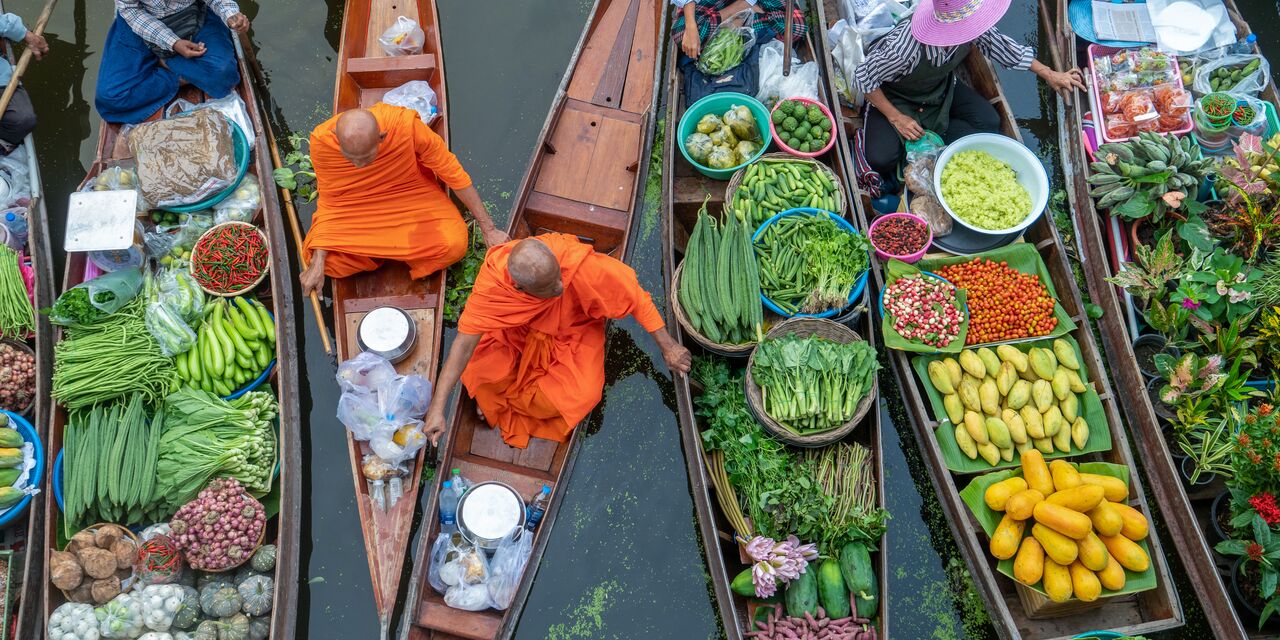Feel the freedom in Jakarta
Merdeka ('Freedom') Square – Lapangan Merdeka – is more than just a centrally located square in Jakarta. It is the place from where the Dutch governed the country in colonial times and where later the Indonesians proudly celebrated their independence. That is why this green square is fringed with colonial buildings, historic museums and monuments which continue to be reminders of the Indonesian struggle for independence.
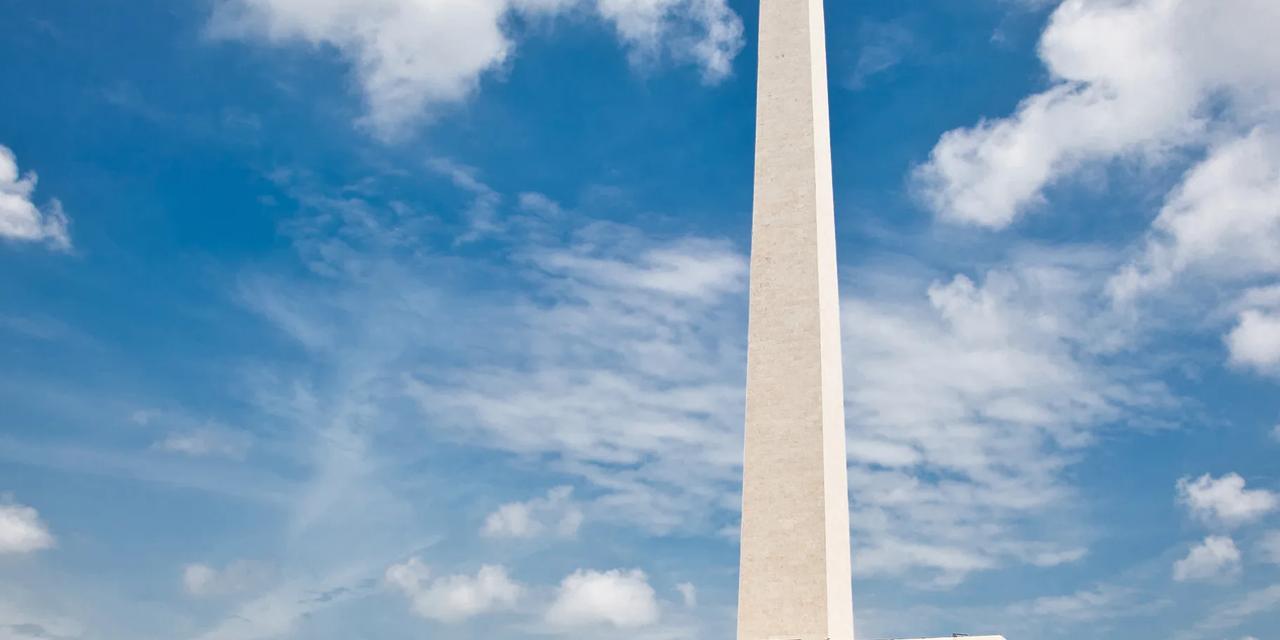
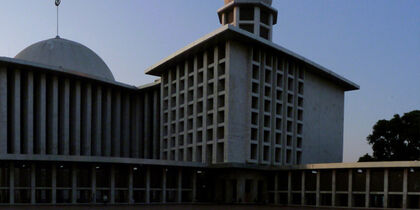
Odes to freedom
Although currently Merdeka Square symbolises the independence of Indonesia, ironically enough, it was the Dutch governor Daendels who commissioned the building of the square in 1870. He lived in the neo-Classical Palace on the Royal Square (Istana Merdeka), still located on the north side of the square. A few minutes by foot from the square you'll find the Istiqlal Mosque, also built in commemoration of national independence. From the obelisk's lookout point, this modernistic mosque is hard to miss, but the enormity of this building does not become clear until you’re standing right in front of it or taking a peek inside – it is one of the largest mosques in all of Southeast Asia. Behind it lies the former Waterloo Square, also with a monument in honour of freedom. The statue of a man slipping out of his handcuffs, cast in copper coins, symbolises the liberation of Papua. Take a walk in the area and discover a variety of colonial architecture, including the Neo-Gothic cathedral and the current Department of Finances.
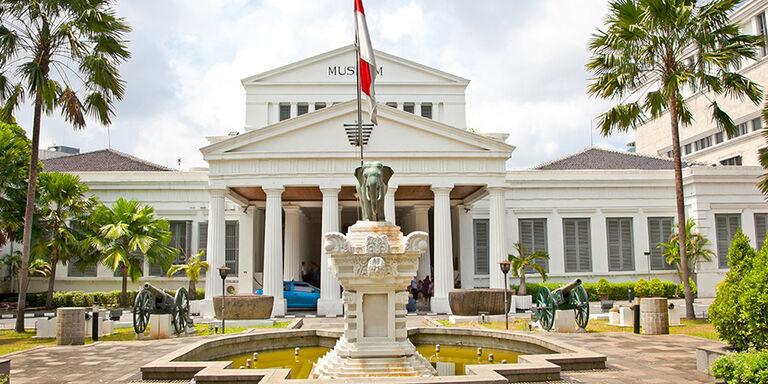
Journey through time
Between the ministries on the west side of the square is the National Museum, a great place to learn about the history of Indonesia. The collection of more than 240,000 objects is divided into various categories, including prehistory, religion and ethnology. Hindu and Buddhist sculptures, gold bowls from the Ramayana, a crown belonging to the Sultan from 1700 and porcelain from the Yuan Dynasty – you’ll find it all here. The 4 floors of the newest museum wing are devoted in their entirety to the people of Indonesia. Of particular interest is the section on the Flores Man, a prehistoric man who lived on Flores who was no taller than one metre.
Discover other destinations in Asia
*The displayed prices are for one adult. All amounts are in EUR. Taxes and surcharges are included. No booking fee is applicable. Prices shown may vary depending on fare availability.
The weather forecast information is provided by World Weather Online. Air France-KLM is not responsible for the reliability of this data.


